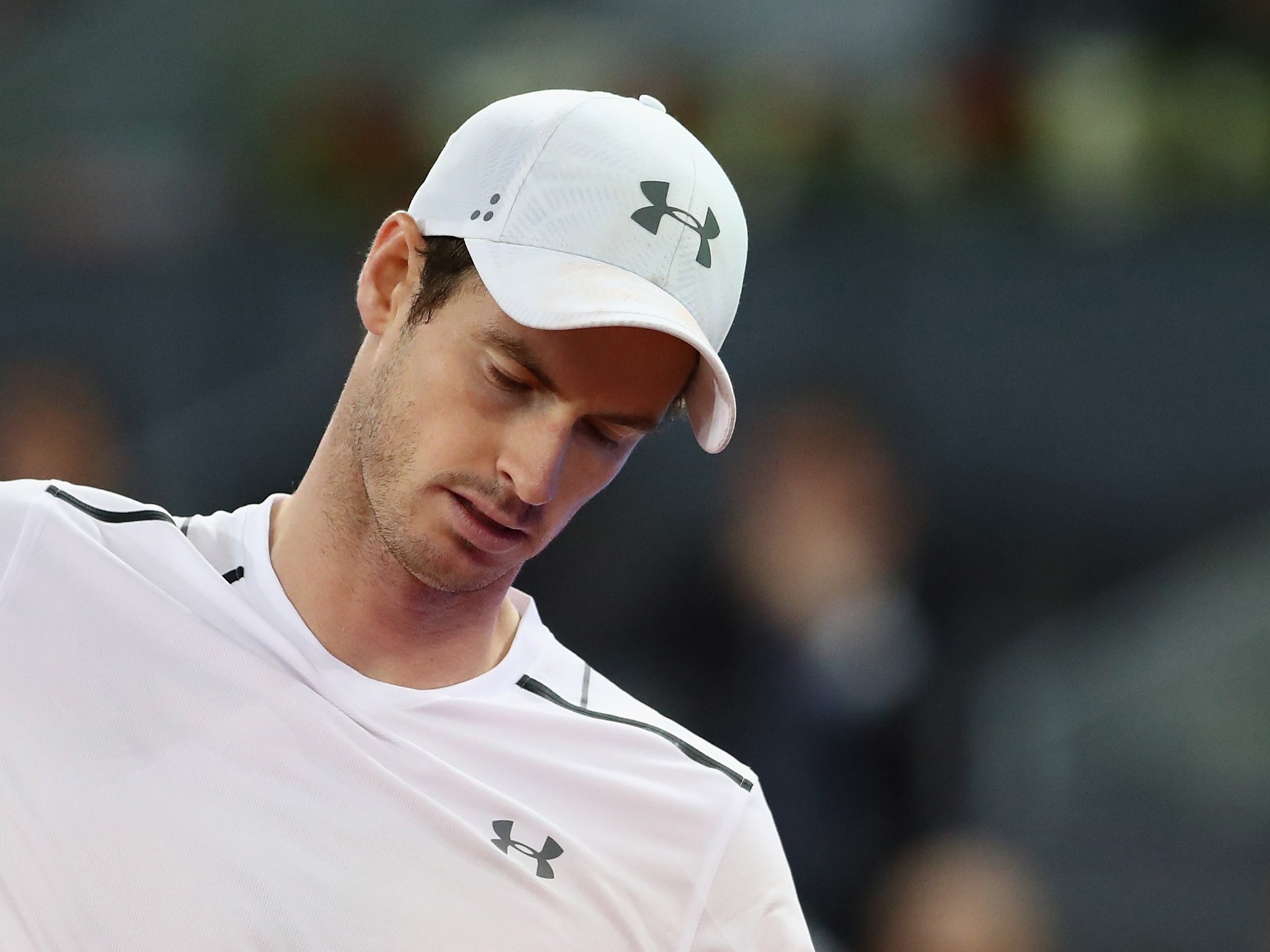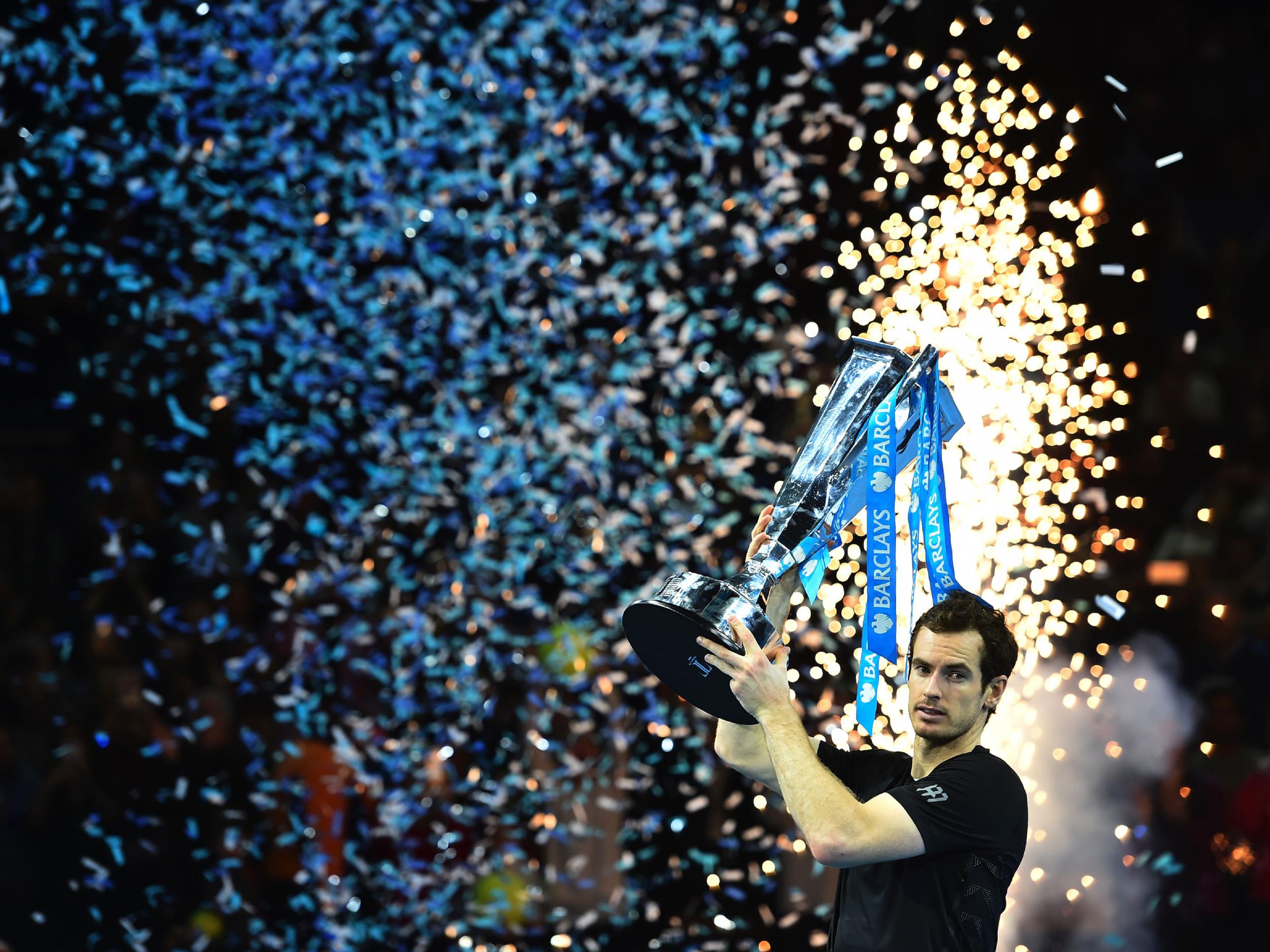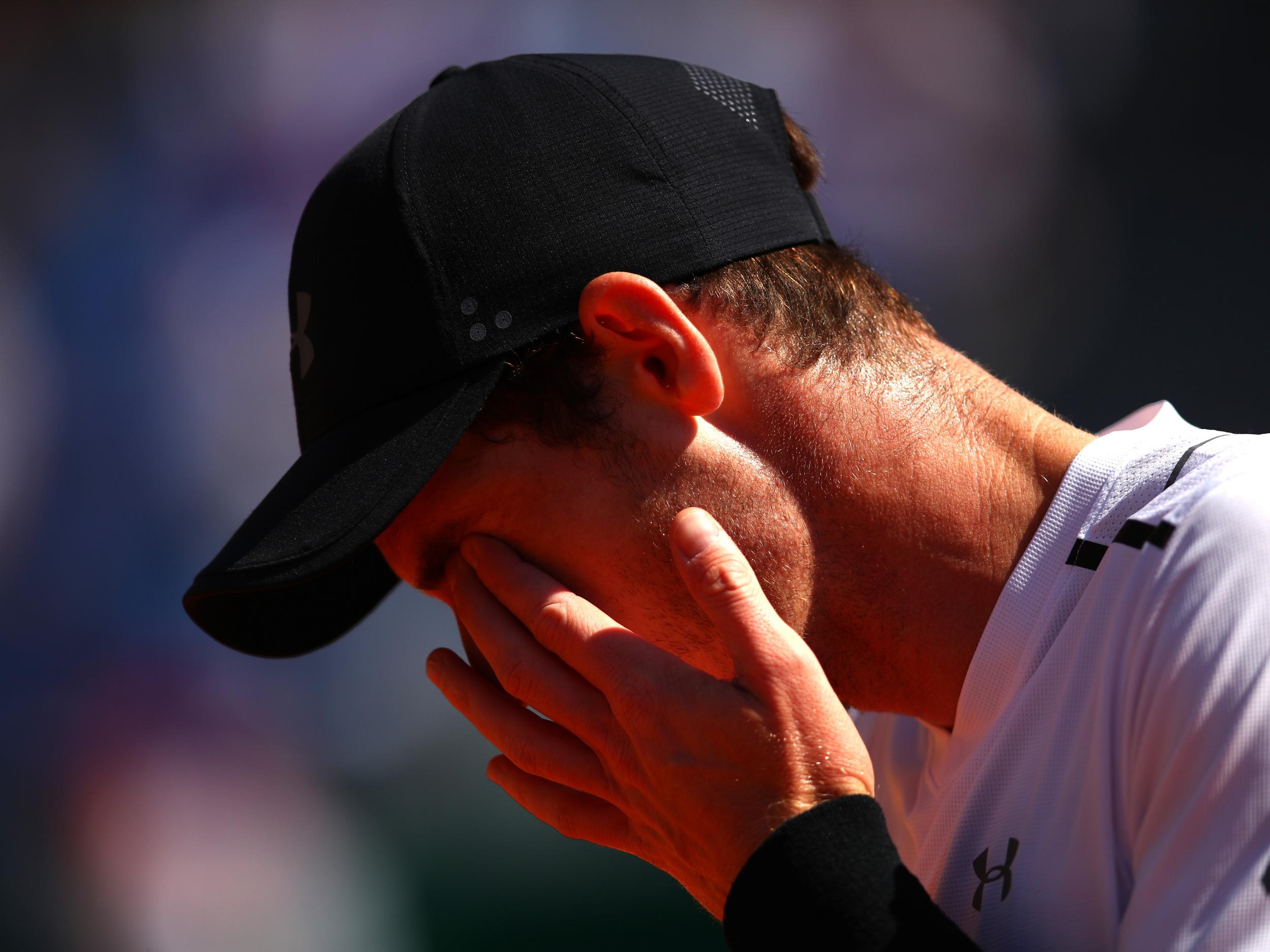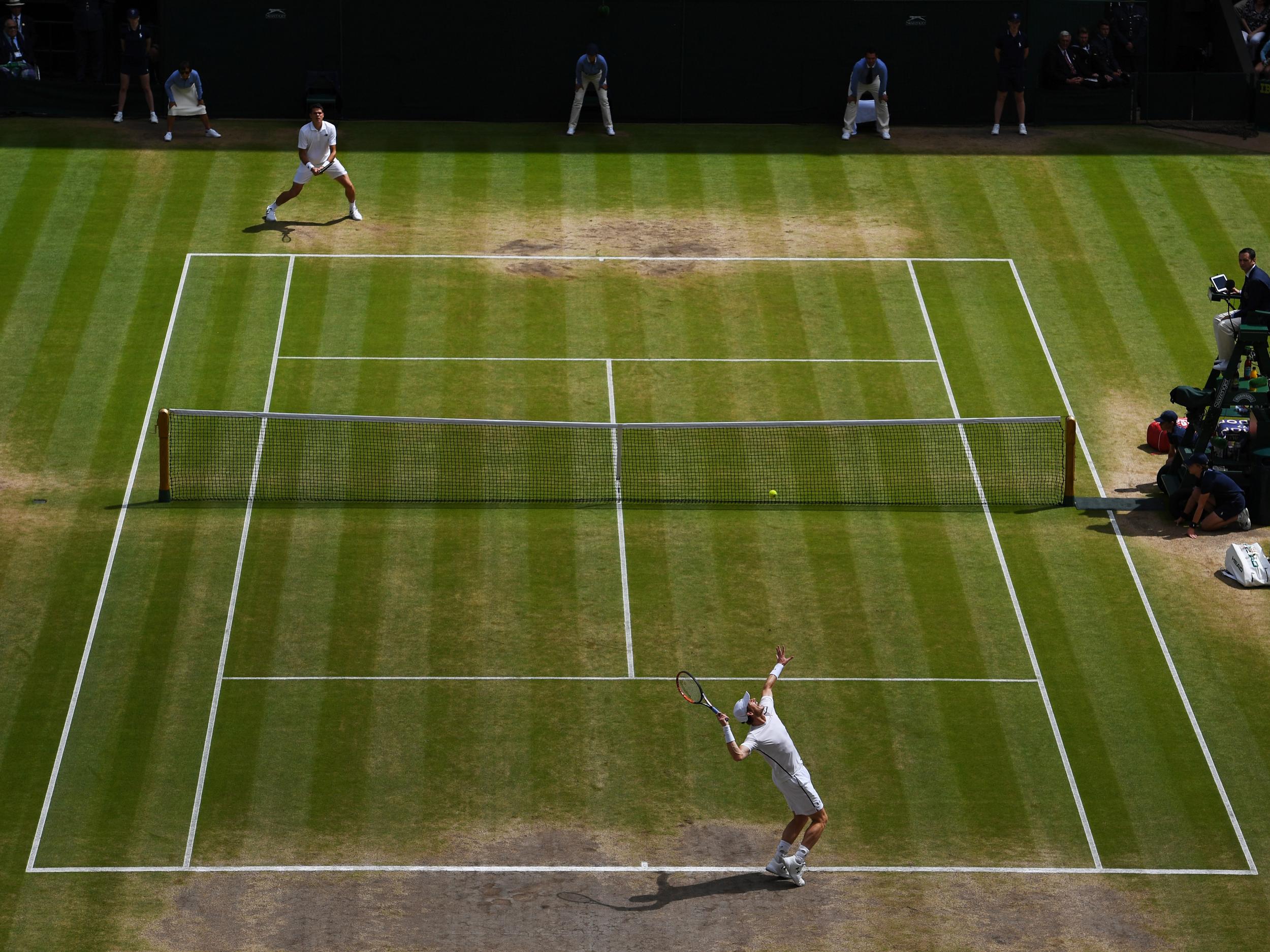Andy Murray's difficult start to the 2017 season is unfortunate, but was not entirely unexpected
Carrying an elbow injury and looking short on confidence, Murray has endured a tough start to the new season. But his strong finish to 2016 meant setbacks were ultimately inevitable

Andy Murray’s straight-sets loss to Borna Coric in last 16 of the Madrid Open this week was widely reported as a ‘shock’ defeat for the World No 1 – but for those who have been closely following his faltering start to 2017, the result felt more inevitable than it did surprising.
His straight-sets defeat to Coric, a 20-year-old Croat ranked 59th in the world, continued his miserable season on clay, after disappointing exits in the third round of the Monte-Carlo Masters and the semi-finals of the ATP 500 Barcelona Open. Murray, who won the last five tournaments of the 2016 season in an incredible run to become World No 1, currently stands at a middling 4-4 from his last eight matches.
Speaking after his most recent defeat, even Murray himself admitted to feeling “concerned” with his struggle for form, with the French Open, the second Grand Slam of the season, beginning at the end of the month.
“I definitely think I need to be concerned about that defeat,” he acknowledged. “It's not always the worst thing losing a match, but it's sometimes the manner of how you lose the match which can be concerning or disappointing.”
On paper at least, these are testing times for Murray. There is a case to be made that this is his worst start to a season since 2008, while on Monday he will turn 30, traditionally the age at which players begin their gradual decline. And then there is his right elbow injury which he clearly still hasn’t recovered from, and which has severely hampered his serve – never the strongest facet of his game – in his most recent performances.
But the Scot should not be written of just yet, and it is fair to say that a tough start to the 2017 season was not entirely unexpected. Although defeats in the fourth round of the Australian Open and the second round of Indian Wells were definitely underwhelming, few expected Murray to begin this year as he finished the last: when he stormed to five successive titles to dethrone Novak Djokovic atop the ATP Tour rankings.
Simply put: such outstanding performances on such a consistent basis was utterly unsustainable. In the last few months of 2016 Murray pushed his body to new extremes – jet-hopping from Beijing to Shanghai, Vienna to Paris in between the US Open and the World Tour Finals – in the hunt for valuable ranking points. It is only now that he is truly being made to feel the effects of that Herculean effort, with his elbow injury as well as an untimely bout of shingles the price to pay for winning tournaments while his rivals were resting.

Meanwhile, his most recent struggles in France and Spain can be mitigated by the surface he is playing on. Murray was sensational on the red-stuff in 2016, as he was on every surface, but it is easy to forget that before last season he had traditionally struggled on clay. He had failed to reach the final of the French Open in eight attempts before last year’s defeat to Djokovic, for example, while it took him until 2015 just to chalk up a single career victory over a top-10 opponent.
Then there is the small matter of his age. 30 next week, there is no escaping the fact that Murray is closer to the end of his career than he is the start, and that his game will change as a result of this. Inspired by the sense that there is an emerging gulf in power at the top of the sport, a number of younger players on the Tour – led by the likes of 23-year-old Thiem and 20-year-old Coric – have also made marked improvements to their game in recent weeks, which has not helped to ensure Murray's comeback was a smooth one.

For inspiration, he could do far worse than looking to Roger Federer and Rafael Nadal, two other elder statesmen of the sport who have bounced back from their own injury woes to dominate the start of this season.
Key to Federer’s success in particular has been his tournament management, with the 18-time Grand Slam champion wisely deciding to take an extended holiday following his third Sunshine Double, in order to be fit for the brutal turnaround between Roland-Garros and Wimbledon. Djokovic is another to plan out his season carefully, always eschewing the grass-court tune-ups in favour of a break before SW17.

Murray would also do well to adopt Federer's ambivalent attitude to the world rankings. "If there is a chance for a world number one ranking, that would be great, but I just don't think I can," Federer said in a recent interview . "The stress and pressure that I have every single day from playing is a lot."
Murray's hopes of defending his spot atop the rankings depended on a lightning-quick start to the year, as he has more far points to defend in the second-half of this season. His time at the top already looks numbered, but he has achieved his goal of hitting Number One. Now, he would do well to refocusing the bulk of his efforts on the Slams, in an attempt to win maiden titles in Paris and Melbourne.
And so while Murray’s start to 2017 has been slow, and while his clay-court season has been particularly underwhelming, his struggles at this stage are not entirely unexpected and there are a number of mitigating factors for him to hide behind. He has two weeks to work on his serve ahead of the French Open, and will likely still head to Wimbledon in strong contention to defend his crown.
Join our commenting forum
Join thought-provoking conversations, follow other Independent readers and see their replies
Comments
Bookmark popover
Removed from bookmarks